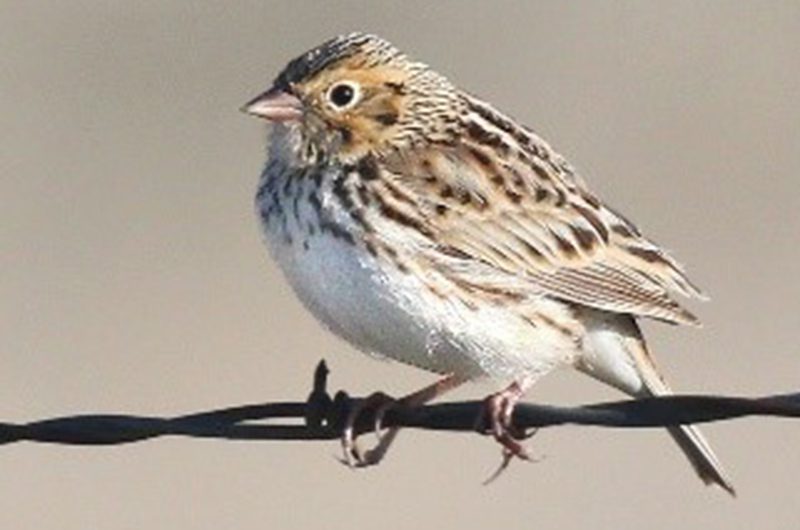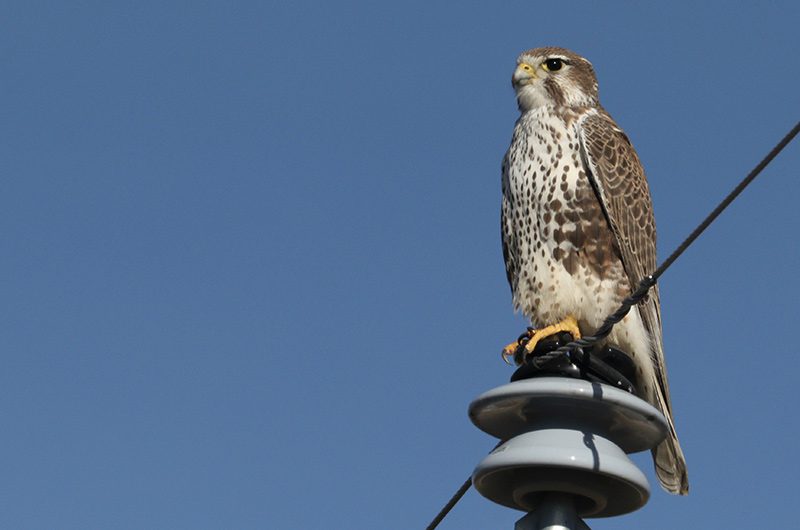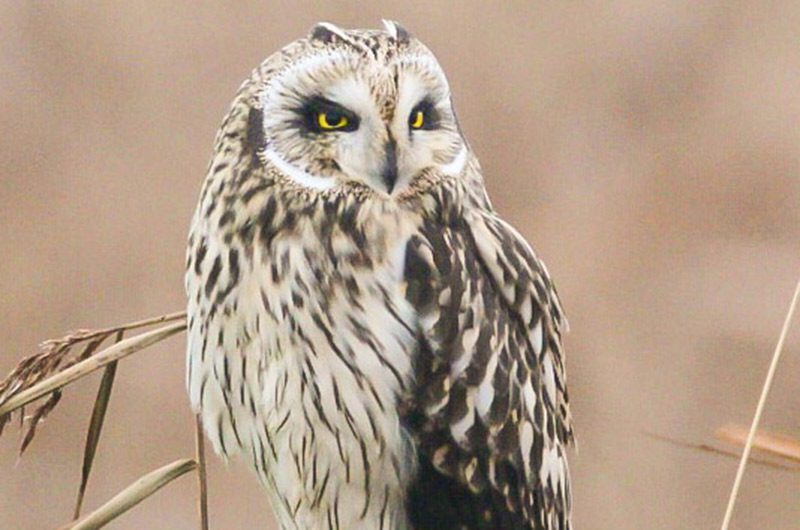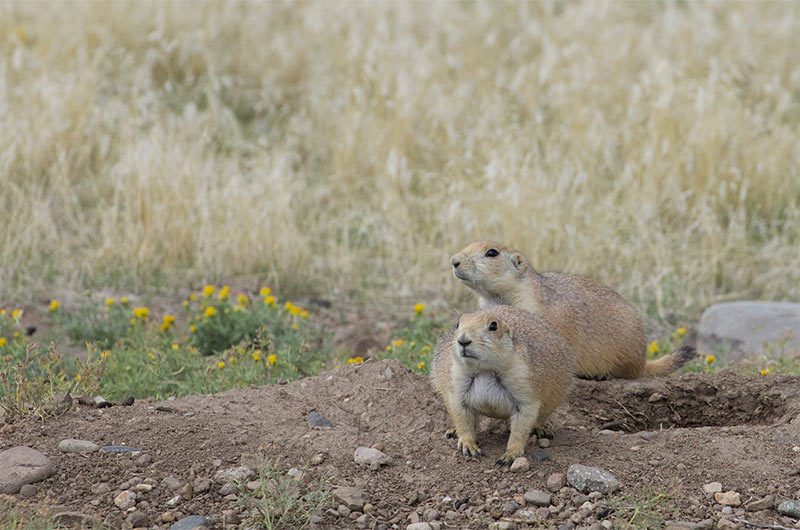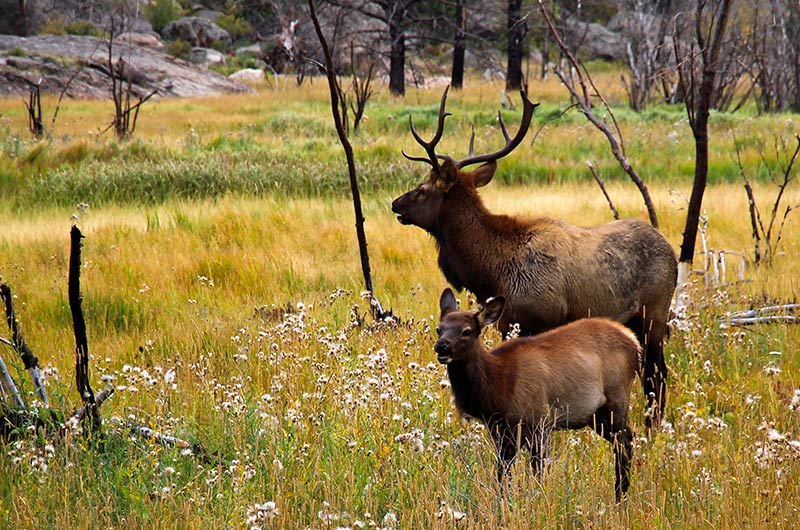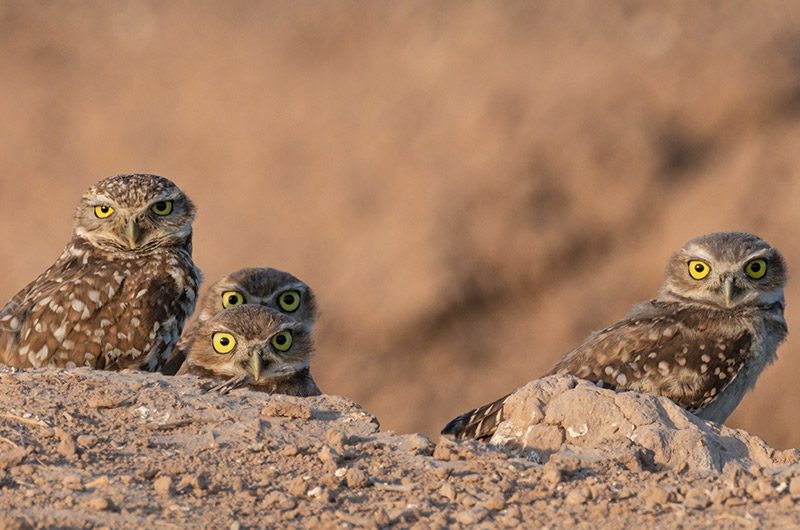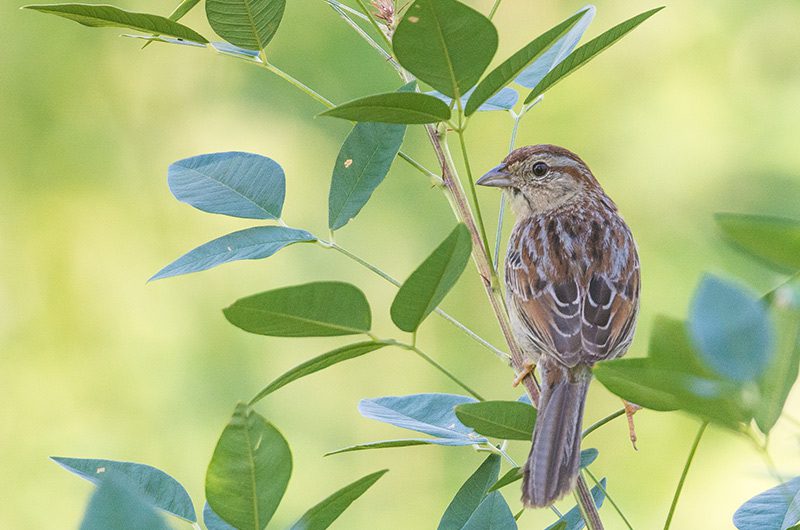LandPKS Learning
Habitat Hub
Factsheets and other helpful resources about the wildlife species living on your land (US only)
Sonoran Desert Tortoise
Sonoran Desert tortoises eat a wide variety of wildflowers, grasses and cacti. However, they will also occasionally eat insects, especially when young. Some have even been observed scavenging road-kill lizards. Additionally, Sonoran Desert tortoises eat soil with calcium carbonate for nutrients.
Read moreBaird’s Sparrow
Baird’s sparrows were recently discovered breeding in the grassland prairie of northeastern Colorado. They typically breed hundreds of miles away in northeastern Montana, western North Dakota, and southern Canada. This discovery means the species can successfully colonize and nest in a different location and habitat than it has in the past.
Read moreMojave Desert Tortoise
Desert tortoise eggs and young are prey for many species, including Gila monsters, snakes, raptors, skunks, kit foxes, and coyotes. Ravens can cause a substantial decline in desert tortoise populations, especially near developed areas. However, once a desert tortoise reaches adulthood, predation risk is far lower and annual survivorship surpasses 90%.
Read moreBighorn Sheep
A male bighorn sheep has horns that can weigh up to 30 lb/14 kg. Rams compete for mating rights by rushing, rearing up, and crashing their horns together. The sound of their ramming can be heard echoing through the mountains.
Read morePrairie Falcon
Prairie falcon pairs are notoriously aggressive in defending their nest sites—against great horned owls, eagles, hawks, and even other prairie falcons, sometimes killing fledglings that stray into the wrong territory.
Read moreShort-Eared Owl
Short-eared owls can travel long distances over vast expanses of ocean. Witnesses have reported seeing these owls descending on ships hundreds of miles from land.
Read moreBlack-Tailed Prairie Dog
Black-tailed prairie dog families consist of one male, three or four females, and their pups. Female black-tailed prairie dogs are in estrous for a single day, which is when all breeding takes place. Only about half will wean a litter because of high mortality rates of pups. Males leave their families a year after weaning.
Read moreNorth American Elk
At one time, elk were the most widely distributed member of the deer family in North America, found from the Atlantic to the Pacific coasts, and from Mexico to northern Alberta, once numbering 10 million individuals. In the early 1900s they numbered just 100,000.
Read moreBurrowing Owl
Before laying eggs, burrowing owls carpet the entrances to their homes with animal dung, which attracts dung beetles and other insects that the owls then catch and eat.
Read moreBachman’s Sparrow
Only the female Bachman’s sparrow incubates the eggs, and then both the male and female care and feed the young after they hatch. During this time, the female will begin building a new nest for her next brood.
Read more
Mobile App | Data Portal | Knowledge Hub | Habitat Hub | Learning Collections | Blog | About | Contact | Support


